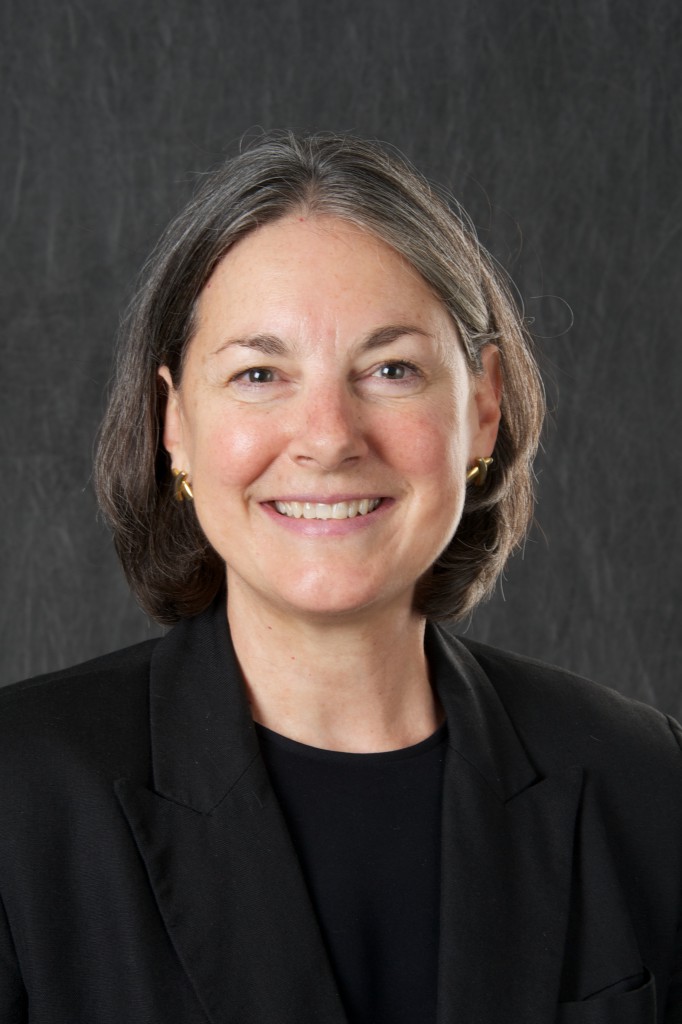Breadcrumb
Ward co-chairs NQF committee report outlining framework to guide telehealth delivery
Published on December 1, 2021

A new report from National Quality Forum’s (NQF) Rural Telehealth and Healthcare System Readiness Committee emphasizes the need to develop novel measures that assess the quality of care delivered through telehealth. The committee is co-chaired by Marcia Ward, professor and director of the Rural Telehealth Research Center at the University of Iowa College of Public Health.
The report outlines a framework and a list of related measures for use to assess the impact that telehealth has on healthcare system readiness and health outcomes during emergencies such as pandemics, natural disasters, mass violence, and other public health events, specifically for rural areas. These measures can be used to guide quality improvement efforts, as well as inform the development of new measures in identified gap areas.
Telehealth is an increasingly important component of healthcare delivery, particularly with the COVID-19 pandemic triggering its rapid growth. “The pandemic has changed forever how we deliver care in times of disaster. Our work will provide guidance as to how that care is best delivered,” says committee co-chair William Melms, Chief Medical Officer at Marshfield Clinic Health System.
This work lays out a framework to guide quality and performance improvement for care delivered via telehealth in response to disasters.
Marcia Ward
Telehealth can also fill a gap in care delivery when access is restricted by geography, specialist availability, or other barriers. “Healthcare services in rural areas are particularly vulnerable during disasters. This work lays out a framework to guide quality and performance improvement for care delivered via telehealth in response to disasters,” says Ward.
Telehealth offers great value to improve access to care by increasing communication channels among clinicians and between patients and clinicians. This delivery modality can enhance quality of care, particularly when increased communication can improve treatment recommendations.
Despite the large expansion of telehealth in America’s healthcare delivery system, quality measurement for telehealth is in an early development phase. Standardized, comprehensive measurement is imperative to inform the leverage of telehealth to enhance care delivery, increase access to care, and achieve positive health outcomes for all. Based on committee discussions, measurement was suggested in several categories to advance rural telehealth measurement. These include the following five categories: (1) Access to Care and Technology; (2) Costs, Business Models, and Logistics; (3) Experience; (4) Effectiveness; and (5) Equity.
Through literature review and Committee feedback, NQF identified several existing measures that could be adapted to assess the efficiency and effectiveness of telehealth delivery in rural areas, including general process and outcome measures for care. Other specific recommendations from the report include adapting current measures to assess telehealth with a focus on specialist care, care coordination, and patient experience, as well as developing new measures to assess topics including access to broadband, organizational capacity to shift to telehealth during emergencies, and disparities in care.
This initiative was funded by the Centers for Medicare & Medicaid Services (CMS), who contracted NQF to convene the 25-member committee to guide this work. The committee included experts in rural healthcare delivery, telehealth research, telemedicine, healthcare policy, critical illness and disease management, health information technology (IT), and caregiver/patient advocacy.